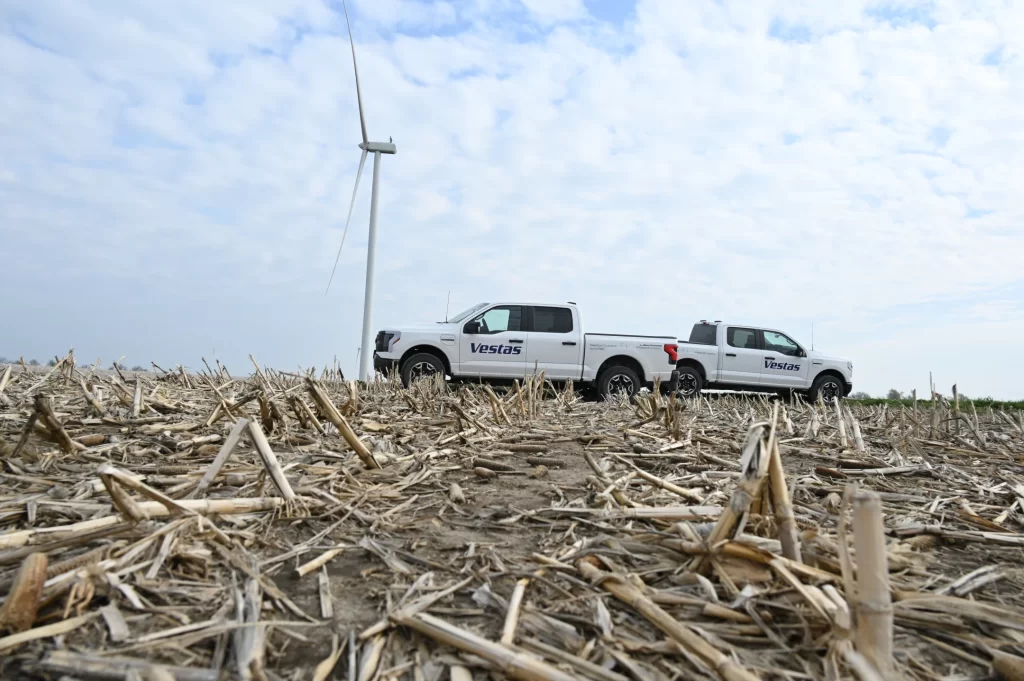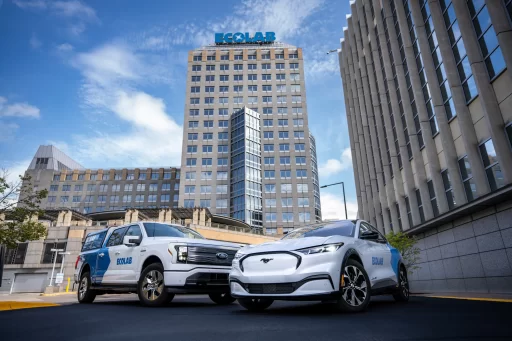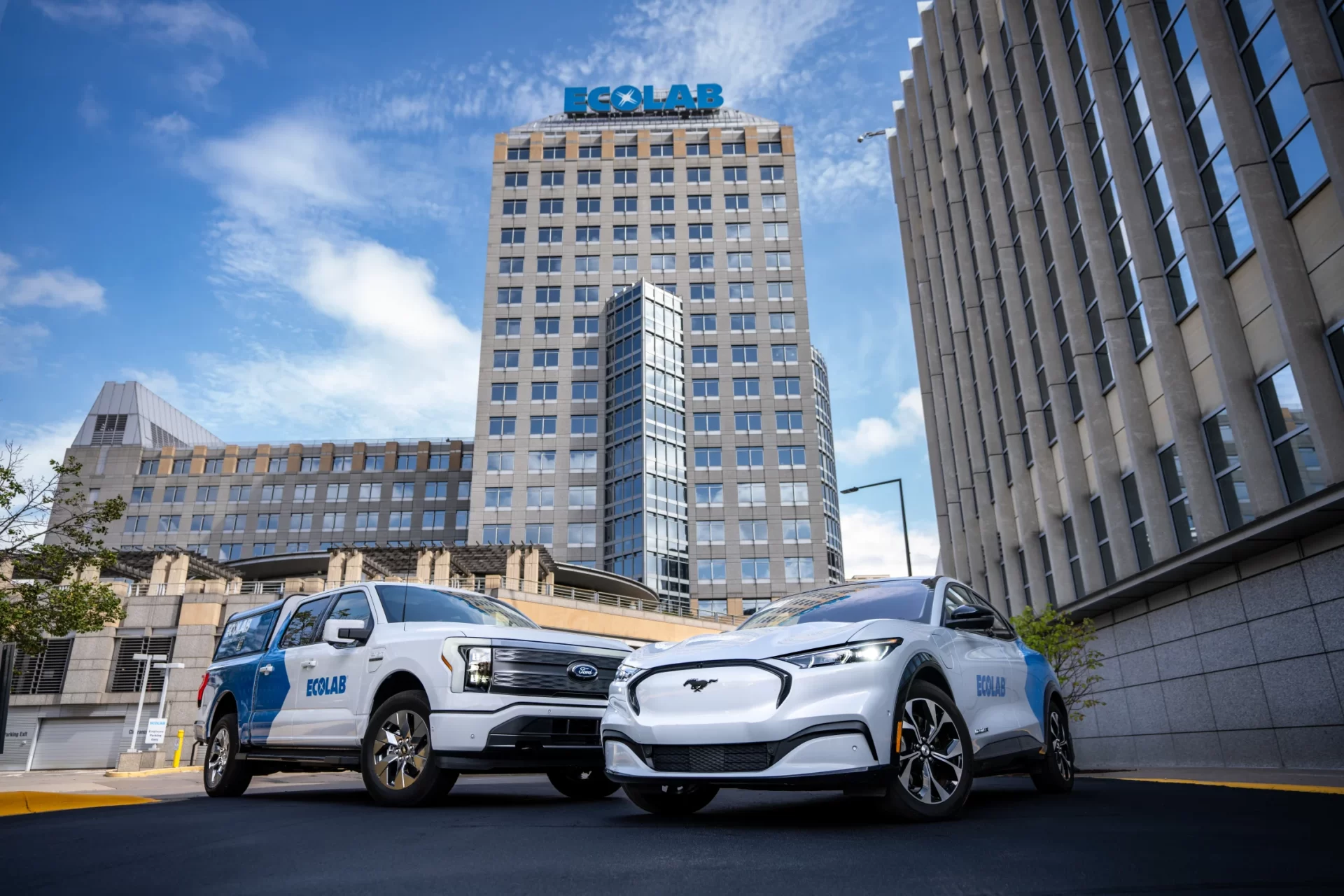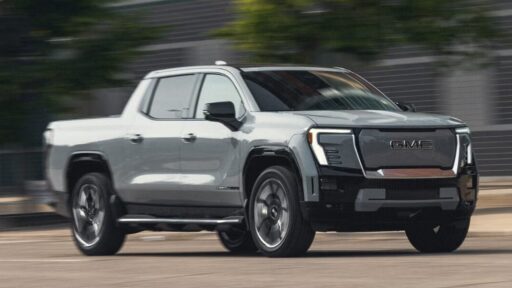One of the best parts of my job is getting out and talking to people who rely on our vehicles, whether it’s customers facing business challenges or, in this case, experts using technology to drive innovation.
A few weeks ago, I had the opportunity to speak at MIT EmTech 2024, surrounded by brilliant minds focused on applying groundbreaking technology to build a better future.
Electrified vehicles and the digital advancements they bring are prime examples of this innovation. As a leader in commercial vehicles for decades, Ford Pro™ is actively shaping the conversation around the electrification transition, drawing on insights from the businesses and communities already implementing electric vehicles (EVs).
READ MORE: Stellantis Showcases New BEVs at Paris Motor Show, Debuts Leapmotor B10 SUV

With three years of electric models like the Mustang® Mach-E® SUVs, E-Transit™ vans, and F-150® Lightning® trucks on the road, we are learning a lot.
During my “Productivity Electrified” talk, I shared key takeaways from our work with business and government customers leading large-scale electrification. We believe the commercial sector will continue to lead the electric vehicle revolution, much like how businesses were early adopters of computers.
What Businesses Are Teaching Us
Our diverse range of commercial customers—from construction companies to municipalities—has provided valuable lessons that can guide others as they transition to EVs. Unlike personal buyers, businesses focus on operational needs and total cost of ownership (TCO) over the vehicle’s lifecycle. However, only 6% of fleet decision-makers have updated their TCO calculations for EVs. This overlooks key benefits like lower fuel and maintenance costs. For instance, our electric vehicles have scheduled maintenance costs up to 48% lower than their gas-powered counterparts.
Our connected vehicle solutions validate these findings. Ford Pro™ Intelligence monitors over 1 billion data points from Ford commercial vehicles daily, offering insights into cost savings. One customer reported saving $6,500 per E-Transit van annually on fuel, service, and operations using our Ford Pro™ E-Telematics software.
Incentives also help reduce costs. Ford Pro electric vehicles qualify for up to a $7,500 commercial tax credit through the Inflation Reduction Act, and businesses can receive a 30% tax credit for charging infrastructure installation.
The Right Tool for the Job
While electrification is advancing, businesses still need gas, diesel, and hybrid vehicles for certain jobs, especially when it comes to heavy-duty tasks like towing and hauling. That’s why we offer a range of powertrains to ensure our customers have the right tools for their needs.
For example, wind turbine company Vestas, which has over 1,800 vehicles in its North American fleet, initially struggled to find an electric vehicle that could handle its rugged work environments. The introduction of the F-150® Lightning® solved that challenge, allowing Vestas to incorporate hundreds of these trucks into its fleet.
Range is often a concern for businesses, but our analysis of over 2.5 million trips (spanning 30 million miles) showed that the average daily range for commercial vans in the U.S. is 74 miles—well within the capability of most EVs.
Navigating Charging
The shift to EVs requires a new approach to fueling, with a focus on uptime and employee training. Here’s what we’re learning:
- Educate Employees
Charging is different from traditional fueling, so businesses must educate employees. For instance, Green Mountain Power’s employees needed training on how to charge EVs and navigate local infrastructure. Similarly, a California police department realized the importance of understanding charger levels when deputies were left stranded at a public station. - Scale Home Charging
Public charging isn’t always necessary. Around 80% of our commercial customers charge at home or on-site at depots. Home charging, especially using AC chargers, is often more cost-effective for overnight charging. For example, the 2024 E-Transit™ can fully charge overnight using the Ford Charge Station Pro. - Leverage Software
Electric vehicles perform best with software optimization. Ford Pro™ E-Telematics allows employers to manage charging, monitor range, and precondition vehicles for maximum efficiency. Depot charging technology, backed by smart software, helps businesses manage charging schedules, reduce costs, and avoid overloads. - Use Available Resources
Collaboration is essential for success. We work closely with utility companies to support customers with infrastructure planning and installation. Programs like our Smart Charging Bundle in Massachusetts offer complimentary Ford Pro Chargers for customers enrolled in clean energy initiatives.
As we continue learning from our customers, it’s clear that electrification offers tremendous value for businesses—if they have the right tools, knowledge, and infrastructure in place.
READ MORE: Alfa Romeo Debuts Junior IBRIDA and Unveils Full Line-Up at Paris Motor Show 2024
Subscribe today for the freshest car news delivered to your inbox




